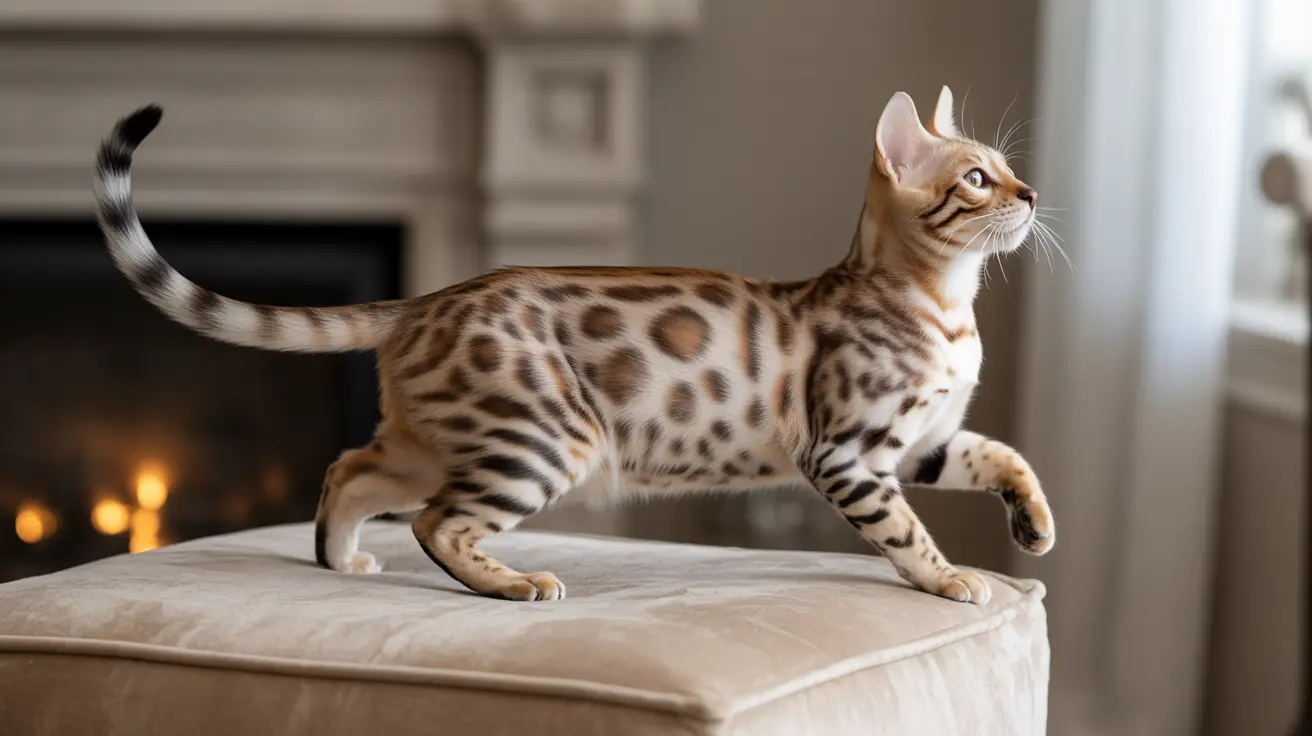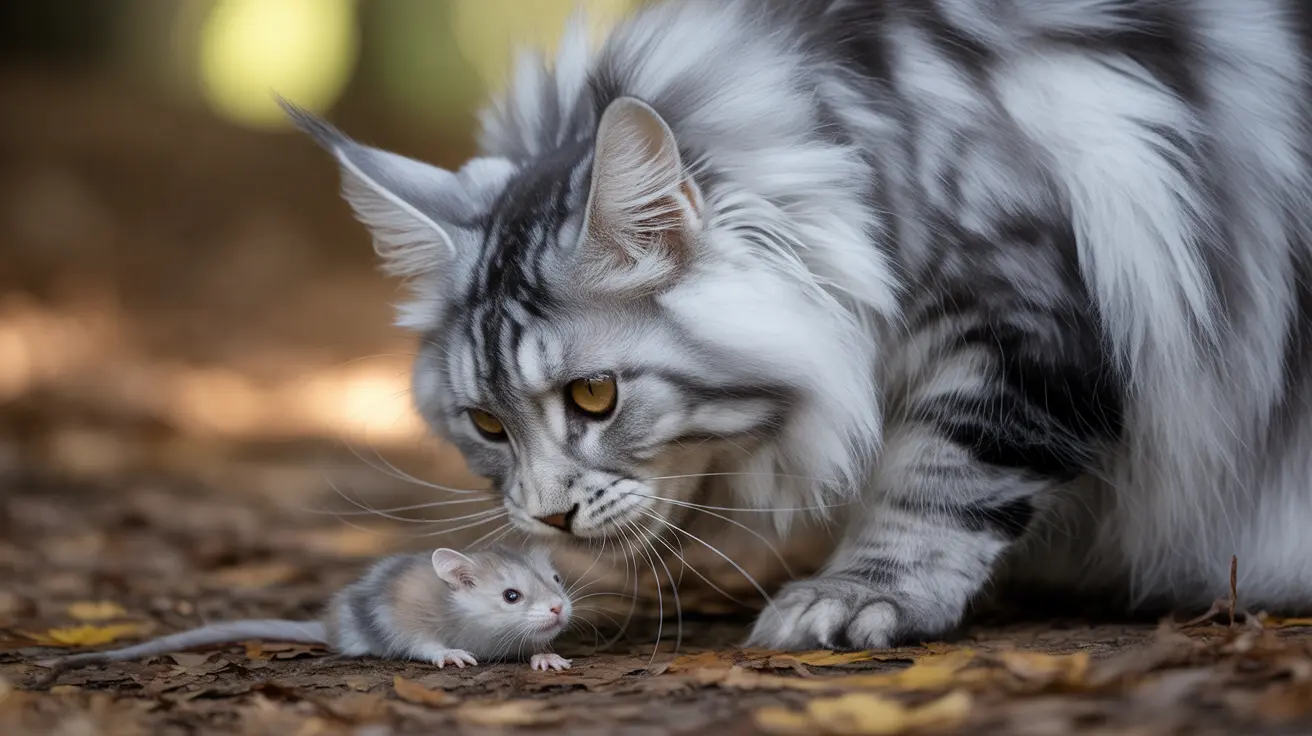As a cat owner, watching your female cat go through heat cycles can be concerning, especially when she exhibits distressing behaviors. One common question that arises is whether cats experience cramps or physical pain during their heat cycles, similar to human menstruation. Let's explore what cats actually feel during heat and how their experience differs from humans.
Understanding your cat's heat cycle is crucial for providing appropriate care and support during this natural process. While cats do undergo significant hormonal and behavioral changes during heat, their physical experience is quite different from what humans endure during menstruation.
Physical Changes During a Cat's Heat Cycle
Unlike humans, cats do not experience menstrual cramps during their heat cycles. The physical changes they undergo are primarily related to preparing their bodies for potential mating. These changes include:
- Swelling and slight redness of the genital area
- Increased body temperature
- Changes in appetite
- Enhanced sensitivity to touch
- Heightened alertness and energy levels
Behavioral Signs of a Cat in Heat
While cats don't experience physical pain during heat, they do exhibit various behavioral changes that might appear distressing to owners:
Vocalization and Communication
Cats in heat frequently engage in loud vocalizations, often described as yowling or calling. This behavior isn't due to pain but rather serves as a way to attract potential mates and signal their reproductive readiness.
Physical Posturing and Movement
Female cats may display specific physical behaviors including:
- Assuming the mating position (lordosis)
- Excessive rolling on the floor
- Rubbing against furniture and people
- Raising their hindquarters when petted
- Restless pacing around the house
Duration and Frequency of Heat Cycles
A cat's heat cycle typically lasts between 7-10 days and can recur every 2-3 weeks during breeding season. Indoor cats may experience heat cycles year-round due to artificial lighting, while outdoor cats usually cycle during spring and summer months.
Managing Your Cat During Heat
While cats don't experience cramping pain, they may still feel uncomfortable due to hormonal changes. Here are some ways to help your cat during this time:
- Provide extra attention and playtime
- Create a calm, secure environment
- Use cat pheromone products to reduce stress
- Consider spaying as a long-term solution
- Maintain regular feeding and cleaning routines
When to Consult a Veterinarian
Although heat cycles are natural, certain signs warrant veterinary attention:
- Presence of blood or unusual discharge
- Extreme lethargy or loss of appetite
- Signs of distress or unusual aggression
- Prolonged heat cycles lasting more than two weeks
- Behavioral changes in spayed cats
Frequently Asked Questions
Do cats get cramps or physical pain when they are in heat?
No, cats do not experience menstrual cramps or physical pain during heat. Their distress is primarily due to hormonal changes and the strong instinctual drive to mate.
What behavioral signs indicate that my female cat is in heat?
Common signs include loud vocalizations, restlessness, increased affection, rolling on the floor, and assuming the mating position with raised hindquarters.
Why does my cat vocalize loudly and seem restless during her heat cycle?
These behaviors are hormone-driven and serve to attract potential mates. The vocalizations, known as "calling," are a natural part of the breeding process.
How often do cats go into heat and how long does each cycle last?
Cats typically go into heat every 2-3 weeks during breeding season, with each cycle lasting 7-10 days. Indoor cats may cycle year-round due to artificial lighting.
Can spaying my cat prevent heat cycles and associated behaviors?
Yes, spaying is a permanent solution that will prevent future heat cycles and associated behaviors while also protecting against unwanted pregnancies and certain health issues.
Understanding that cats don't experience physical pain during heat can help owners better support their pets during this natural process. While the behavioral changes may be challenging to manage, knowing they're not in pain can provide peace of mind as you help your cat through her heat cycle.






